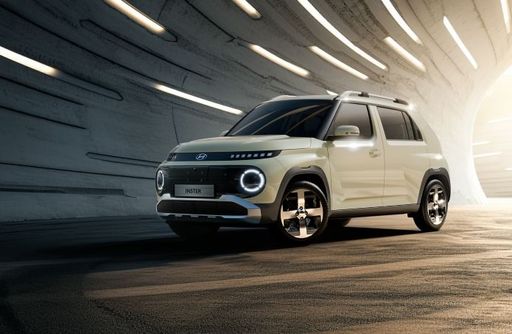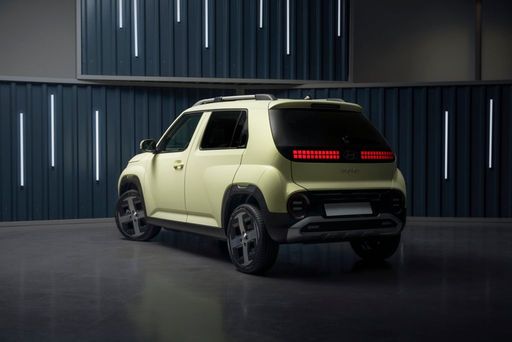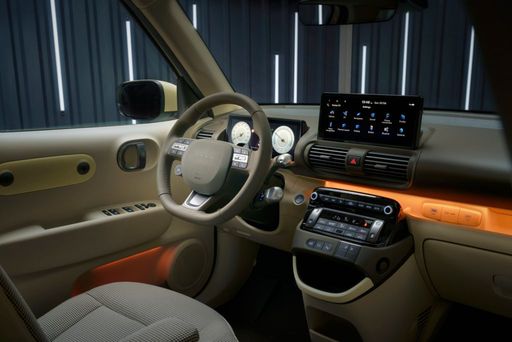Sleek and Powerful: Volvo EX30
Volvo has consistently been at the forefront of innovation and safety, and the EX30 is no exception. The model is packed with technical prowess, offering options for rear-wheel and all-wheel drive, making it versatile for various driving conditions. The power output ranges from a respectable 272 HP to a commanding 428 HP, supported by an acceleration that can compete with some sports cars: 0-100 km/h in just 3.6 seconds for the top model.
The EX30 features a robust battery capacity with options between 49 and 65 kWh, delivering an impressive electric range between 339 km and 476 km. This SUV's efficiency is evident with consumption rates as low as 17 kWh per 100 km, and with zero emissions (CO2: 0 g/km), it places itself in the top CO2 efficiency class: A.
Occupying a mid-size SUV stance, with a length of 4233 mm and wider dimensions, the EX30 offers ample interior space with seating for five, making it practical for family trips or adventures. Not to mention, the luggage space at 318 liters ensures you can pack for those longer journeys. With a top speed of 180 km/h, this SUV manages to balance speed, luxury, and environmental consciousness.








